In the Life Sciences/Pharmaceutical Industry, it is extremely necessary to be careful about biopharma/pharma and medical devices product packaging. Smart packaging is becoming increasingly popular in the pharmaceutical and medical devices industry. It consists of intelligent and active packaging and provides a complete solution for the manufacturer when producing products.
The consumer needs to receive the product in perfect condition for it to be effective and safe to use. When it comes to the packaging of companies’ physical products/drugs, packaging experts have a lot to consider. The chemical and physical quality of the formulation, the purity of the product, protection, packaging processes, and distribution methods all play a crucial part in deciding the product’s shelf life. It is a deal breaking factor when gone wrong.
Active Packaging:
Active packaging plays a crucial part in ensuring the products quality, safety and prolonging shelf life, it improves the product. In order to minimise damage and deterioration, protective materials are used in or on the packaging. It does this by interacting with the contents inside, coming in direct contact and releasing compounds with the product. Oxygen and moisture can contribute to damage and deterioration of the product so active packaging is crucial.
In terms of shelf life, and end user protection, the consistency of active sorbent technology plays an essential role in how effective manufacturers are. Many medical and pharmaceutical companies use this with their products. There are five different types of active sorbents that can be used and customised to help reduce the risk of damage and deterioration. An example of an active sorbent is molecular gel, this is a fast working sorbent that offers immediate moisture protection. Not all adsorbents are the same so customised ones allow manufacturers to get the best value for their money and produce a high quality product with a long shelf life.
Intelligent Packaging:
Intelligent packaging focuses on the external parts of the packaging, it gathers data insights about the product and its journey. It helps to create a pathway between patients and the manufacturer. For example, due to intelligent packaging it is now possible to create labels informing people about the product’s temperature during transit and storage so pharmacists can determine whether the drug is safe to take or not. QR codes have also been added to packaging so the consumer can scan the packaging and can see instructional videos on how to take their medication.
More recently intelligent packaging has developed in medical packaging and devices. An example of this is, Intelligent Packaging can now be used to monitor a patient’s health status, giving them medication reminders and medication tracking. This benefits the consumer and the doctor, improving the outcome and minimising the risk of improper use. The end result is providing the customer with a better experience.
Overall Smart Packaging is becoming increasingly popular, although it can be expensive the benefits of active and intelligent packaging outweigh the costs in the long term. It can provide the consumer with a better patient experience. It allows pharmaceutical companies to produce efficient, safe and effective products.

